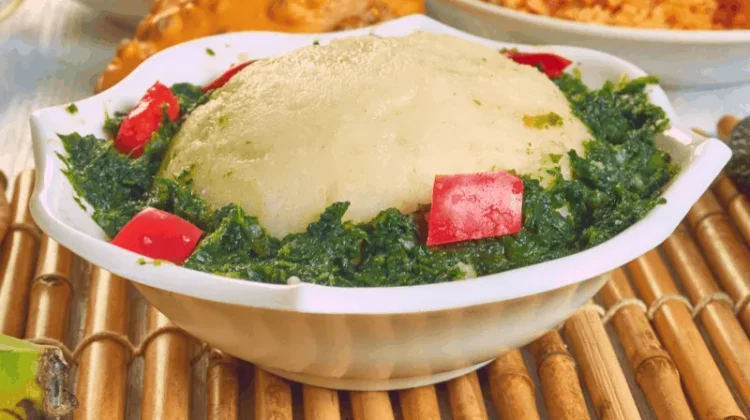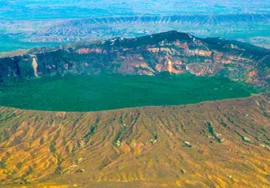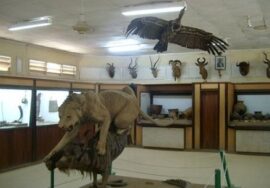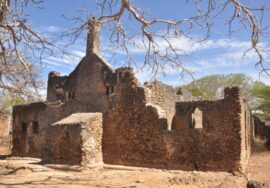
The Food of Kenya
The Food of Kenya, The Best Kenyan Food to Begin Your Day. Comparatively speaking, breakfasts in Kenya are typically not as filling as breakfasts in Western countries. Chai, which is the Swahili name for tea, is typically consumed first thing in the morning by the majority of Kenyans. Chai is typically very milky and sweet.
There is nothing more than a slice of bread (called mkate in Swahili) and sometimes a piece of fruit serving alongside the chai. You can discover mandazi among houses that are more financially secure, namely in urban and coastal locations. Which is a type of dough that is used for deep frying and has a flavor and aroma that is comparable to that of an unsweetened doughnut.
Snacks and beverages are available.
Due to the fact that Kenya is home to both tea and coffee plantations, these two beverages are the most popular beverages throughout the country. The quality of the tea and coffee is so high that many tourists end up taking some of each with them when they leave. It is possible to find maziwa lala, which is fermented milk, in more remote locations. This type of milk is simple to digest for individuals who are lactose intolerant, which is a rather common condition in Kenya.
Obviously, sodas are popular all over the world, and Kenya is not an exception. There is no better way to show modern Kenya than to see a Maasai warrior dressed in traditional garb, drinking a bottle of soda, and typically carrying a cell phone on his belt. This is the greatest way to portray Kenya.
In and around the markets, which can be found all over the country, street meals are enjoyed by a large number of people. The most popular foods sold on the street are:
Mishkaki, which consists of small pieces of meat that are skewered and barbecued over an open fire; corn on the cob that is scorched over an open fire while still in its husks;
And of course, hot chips, which are typically slathered in blazing msg-laden sauces such as chili and tomato sauce, as well as whatever herb may be available at the time. Samosas, a cuisine that demonstrates India’s impact on the country, are small triangular packages that are deep fried and include spicy meat or vegetables inside.
As well as “chevdo,” also known as Bombay mix, which is a dish consisting of deep-fried flour noodles, peanuts, spices, chickpeas, and lentils served cold, plantain crisps, which are made from the plantain banana, are marketed all over Kenya. They can be found in supermarkets and on street markets.
For those looking for natural sweets, Kenyans like “mabuyu,” which is the seed of the baobab tree coated in red sugar syrup. This is another delectable treat that is definitely worth trying, and you can find it in nearly every market in East Africa.
There is also a dinner.
The two most important components of Kenyan cuisine and food are rice and maize meal, which is referred to as unga when it is raw and ugali when it is cooked. In most cases, ugali is presented in the form of a white porridge that is firm and can be used as a substitute for a spoon while eating with your hands. It is also suitable for dipping in stews. Rice is typically prepared by boiling it in water, but there are a lot of alternative ways that it can be served.
On special occasions, such as weddings and feasts, the rice is transformed into a wonderful fragrant mound of colorful hues that are infused by the spices that are added, such as saffron, turmeric, and cayenne, as well as nuts and dried fruits. This is a celebration of food that is known as pilau rice, which is influenced by Indian cuisine and probably dates back to when the Portuguese invaded with the assistance of the Goans.
The majority of the time, stews are eaten for lunch and dinner. Stews can be vegetarian, such as maharagwe, which is a delicious bean meal that is made by boiling onions, tomatoes, and spices together to create a thick bean sauce, or they can be meat-based, typically consisting of goat.
Skuma wiki, which literally translates to “stretch the week,” is a vegetable dish that is served alongside the ugali and stew. Skuma wiki is created from kale, onions, and tomatoes. In Kenya, kale, along with a wide variety of other vegetables, may be seen growing in almost every garden. One such vegetable side dish that is quite popular is called kachumbari. It is essentially a spicy salsa made of tomato, chile, and onion, and it is excellent for stimulating your taste buds.
The stews are sometimes served with chapatis, which is an Indian flatbread. The dough is freshly prepared and then rolled very flat before being shallow fried in plenty of oil. When they are served warm, they are soft and pliable but have a lovely crisp edge, and they are excellent for mopping up the juices of the stew. Chapatis are traditionally served as a treat.
Of course, there is also something called “nyama choma,” which literally means “burned meat” in English. On the other hand, it is a flavorful Swahili barbecue. Typically, the meat is either beef or goat, but chicken is also occasionally used.
Kenya is home to a wide variety of fruits that are known for their exceptional flavor, including but not limited to plump mangoes, oranges, tree tomatoes, bananas, plums, grapes, and passion fruit. As a result, fresh fruit is frequently the most popular option for dessert.
Biskuti ya nazi, also known as coconut macaroon cookies, are a traditional Kenyan dessert that are noted for their deliciousness. Kenyans are also known for their fondness for a biscuit to two. It is my hope that this has whetted your desire to visit Kenya and sample some of the country’s cuisine for yourself.








